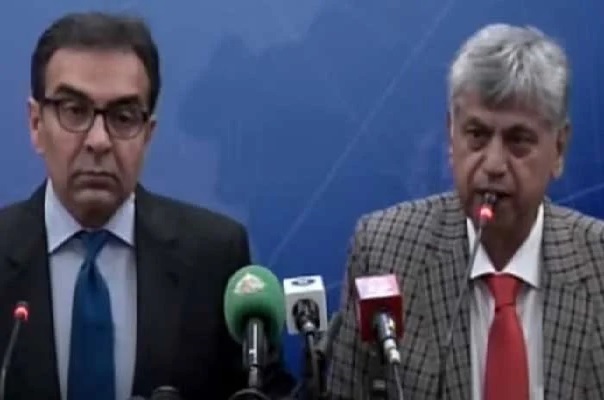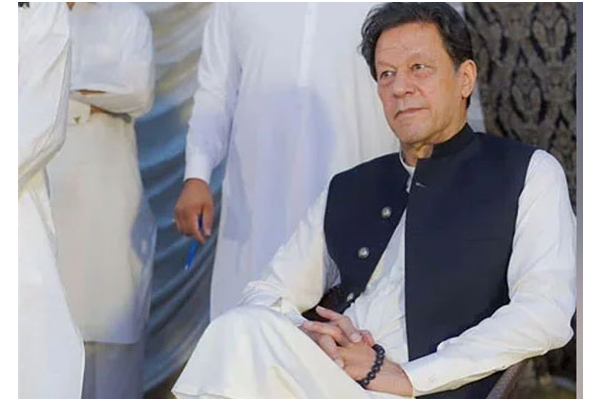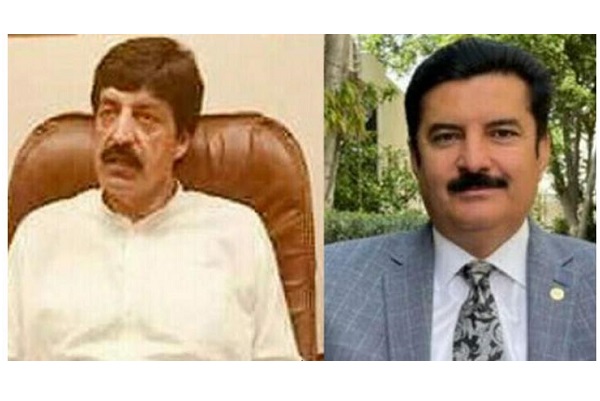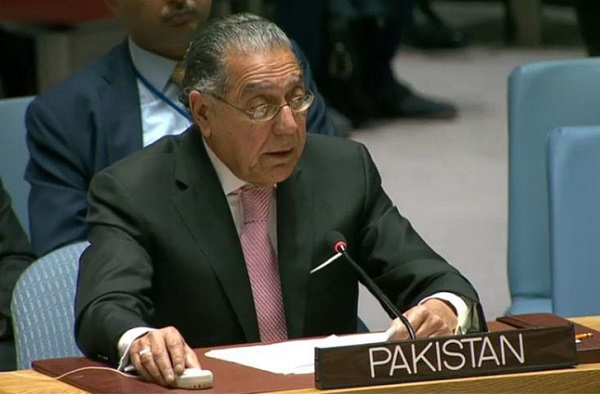ISLAMABAD: PTI’s founding chairman Imran Khan in his message from Adiala Jail, Mr Khan urged the judges hearing his and his wife
ISLAMABAD: Caretaker Energy Minister Muhammad Ali has announced that in winter, gas will be more expensive and will be available only for 8 hours a day.
Accompanied by Caretaker Information Minister Murtaza Solangi, he told a news conference here that the Sui companies would be unable to provide gas round-the-clock due to shortage. He made it clear that gas would be available in the morning, afternoon and evening.
He said that two LNG cargoes had been arranged for December 2023 to minimise the gas crisis in the winter season. The government would also order two LNG cargoes for January 2024.
In Pakistan, 30 per cent of the population uses piped gas, while 70 per cent population, mostly in rural areas, was burning wood and LPG. Of the piped gas users, more than half have been kept insulated from the tariff increase. He also noted that the rich people in urban areas were getting piped gas at 25 per cent of the cost the poor were paying in rural areas for LPG.
He said that there are 10 million domestic gas connections. The government did not increase the gas tariff for 57 per cent, who were mostly low-income people and were in protected slabs. However, he added that the fixed price of Rs10 had been increased to Rs400/month. Their monthly bill was earlier Rs200 to 900, will now be Rs600 to 1,300/month. The government is trying it bring it near the price of LPG, he added.
Ali said that 57 per cent of domestic consumers were consuming 31 per cent of the total gas. After the increase, they would pay 11 per cent of total cost of gas for the domestic sector. Three per cent rich and wealthy were consuming 17 per cent and paying 39 per cent. Similarly, the middle slab consumers, which is 39 per cent of the total domestic consumers, consume 52 per cent of gas and pay 49 per cent. Ali further said the gas tariff for the power sector and tandoors had not been increased. The fertiliser sector had also been insulated from the increase, he said.
In the commercial sector (including hotels and restaurants), the tariff has been equalised at Rs3,600 per mmBtu. Earlier, there were two types of tariffs for them, one was Rs1,100/mmBtu for local gas consumers (mostly old connections) and Rs3,600/mmBtu for the RLNG-based supplies. The volume of local gas connection was 49 per cent and RLNG was 51 per cent.
Compressed Natural Gas (CNG) sector, mostly for transportation, had been increased to 80 per cent of the petrol prices. Earlier, the CNG price was almost half of the petrol price. Now it will be 80 per cent of the petrol price.
For the industrial sector, he said the government was bringing the price to the level of neighbouring countries. The government was abolishing the tariff difference between the new and old connections. As for the sector, the existing tariff for old connections is Rs1,100/mmBtu and for new connections, it is Rs3,600/mmBtu. For the export sector, the gas tariff in the North was $9.5/mmBtu and in the South, it was 5 to 8 dollars. Now after the proposed increase, the tariff in the North will remain almost the same at $9.5/mmBtu while in the South, it will be at 7.5-8 dollars.
The power sector gas tariff will be Rs1,050/mmBtu and it has not been changed, however for captive power plants (which are generally inefficient), the gas tariff has been increased from the current Rs1,200/mmBtu and proposed at Rs2,600/mmBtu.
The minister said the caretaker government had frozen the energy sector circular debt after the increase of power and gas tariffs in accordance with its commitment to the International Monetary Fund (IMF). However, he cautioned that in the next two years, the local pipeline gas would be unavailable to households and they would have to shift to liquefied petroleum gas (LPG) and would not lift the embargo on new gas connections. The minister said the government had stopped the addition of energy sector circular debt and it would not increase from now, and that it had happened for the first time in the last 10 to 15 years. He added that Economic Coordination Committee (ECC) had approved an increase in gas tariffs, and now, after the federal cabinet’s approval, the new prices would be implemented.
Regarding energy sector circular debt, he said presently it stands at Rs4.5 trillion, excluding interest payments on the debt. Of this, the power sector debt was around 2.5 trillion, and gas sector stood at Rs2.1 trillion.
Losses in the gas sector have been curtailed. The power sector’s losses are currently being funded through the federal budget, with plans in place to bring it under control. He explained that the circular debt cost (interest payments) in the power sector was Rs400 billion due to bank borrowings, whereas the gas sector incurs a nominal cost as it does not involve bank borrowings.
He, however, said that the Sui companies were incurring Rs400 billion in losses a year. In supplying domestic gas to consumers, the losses are Rs190 billion, while Rs210 billion is due to Re-gasified Liquefied Natural Gas (RLNG) diversion to domestic segment mostly during the winter season.
You May Also Like
ISLAMABAD: PPP Chairman Bilawal Bhutto-Zardari on Friday nominated two senior party leaders for the posts of Khyber Pakhtunkhwa
UNITED NATIONS: Pakistan has urged the UN General Assembly and the Security Council to address India’s new strategy of






